Camp Security is a Revolutionary War period prisoner-of-war camp occupied by British, Scottish and Canadian prisoners and camp followers (often wives and other family members) between 1781 and the end of the war in 1783. The site is located about four miles east of the City of York, in a relatively small, undeveloped portion of suburban Springettsbury Township. Thirty years ago, PHMC archaeologists Barry Kent and Charles Hunter, with a small field crew, located over 100 archaeological features containing artifacts dating to the latter part of the 18th century. In all likelihood, these materials are related to the prisoner-of-war camp. Most of the features are pits which were dug into the ground and which ultimately became receptacles for a variety of domestic debris associated with the occupation of the camp. Continue reading
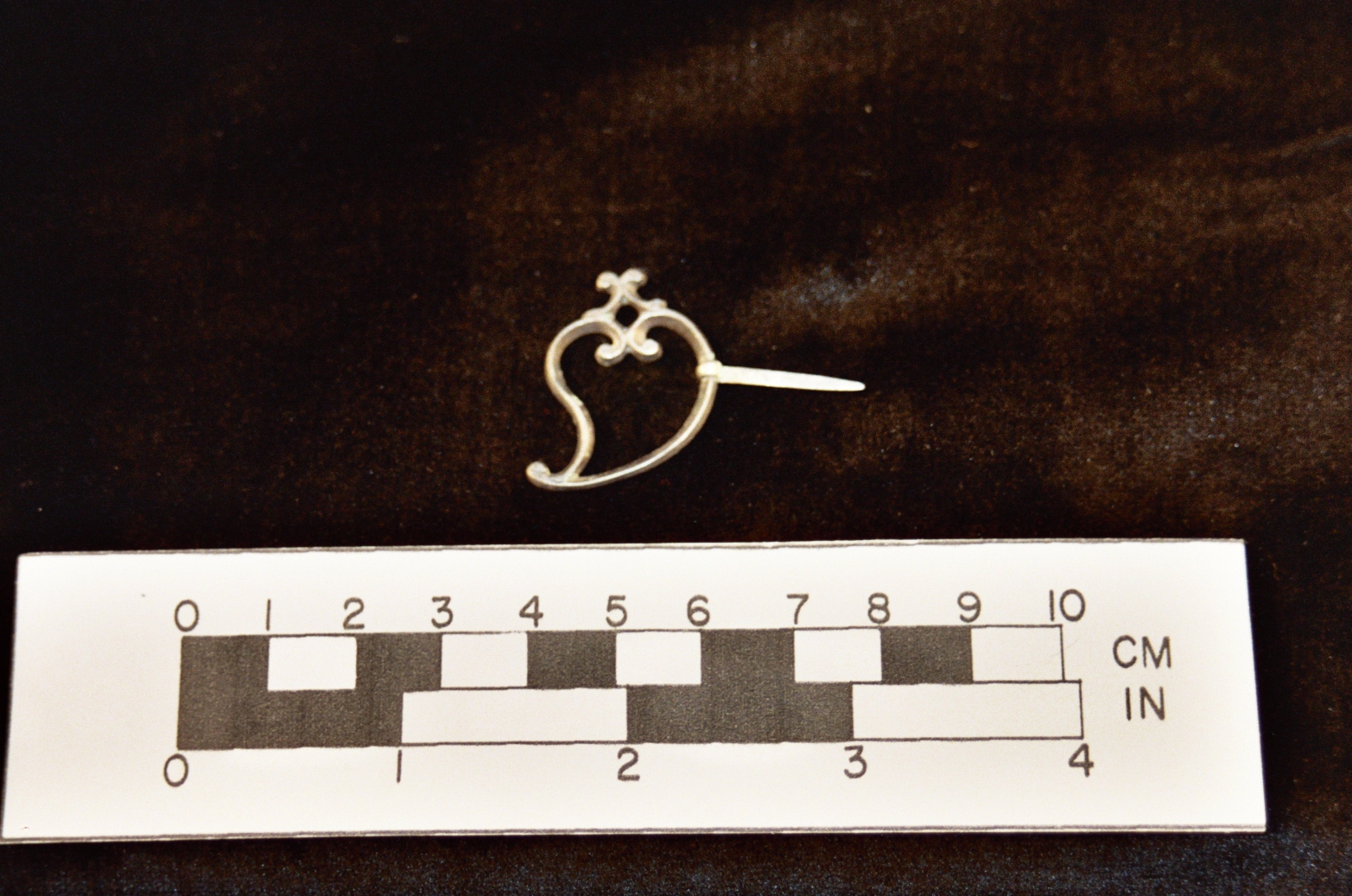


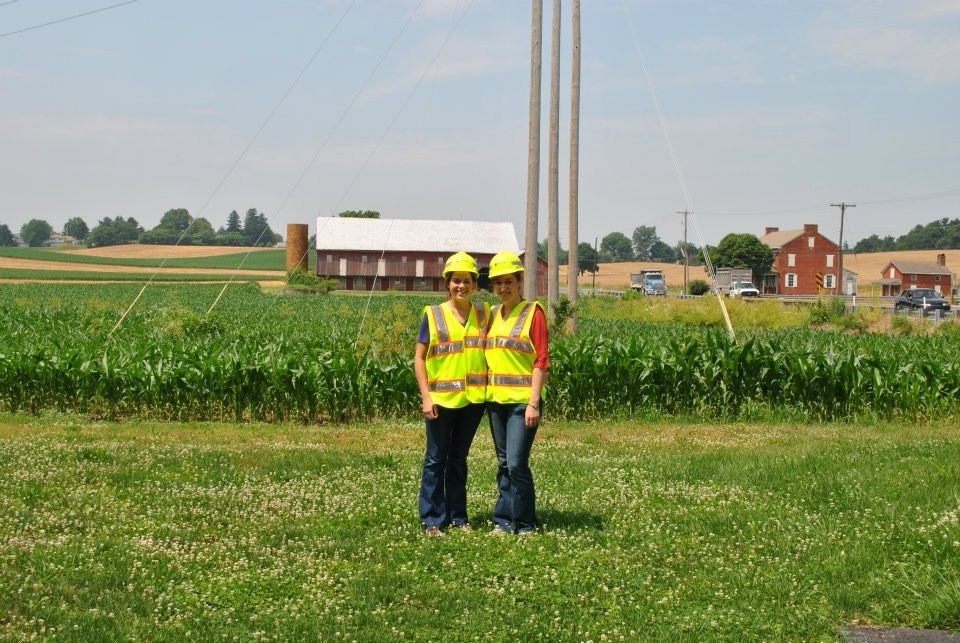
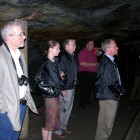
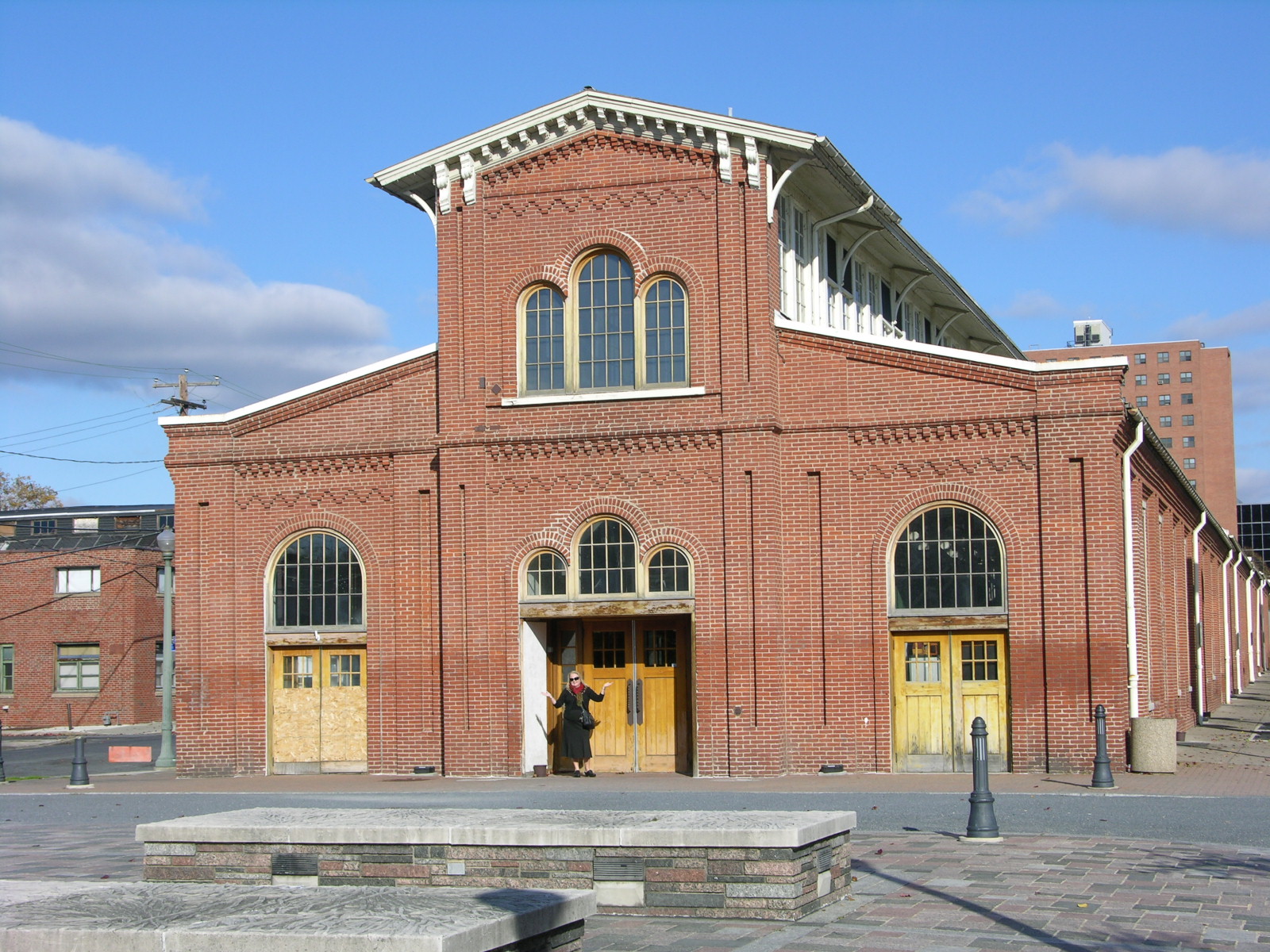

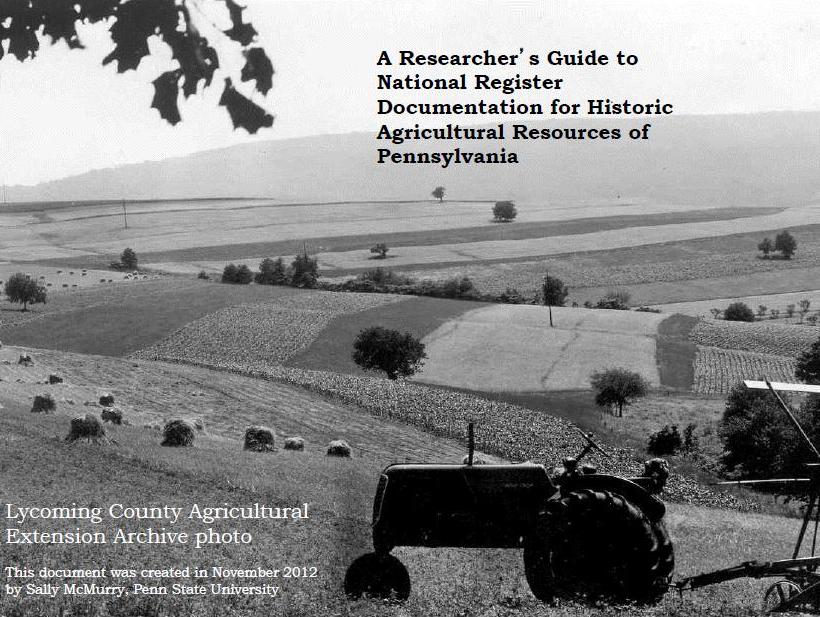
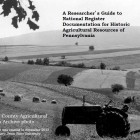



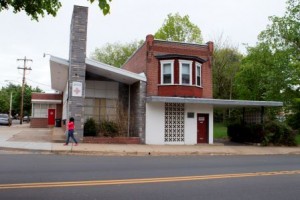
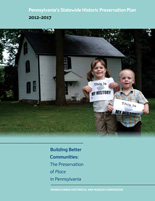
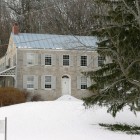
Recent Comments